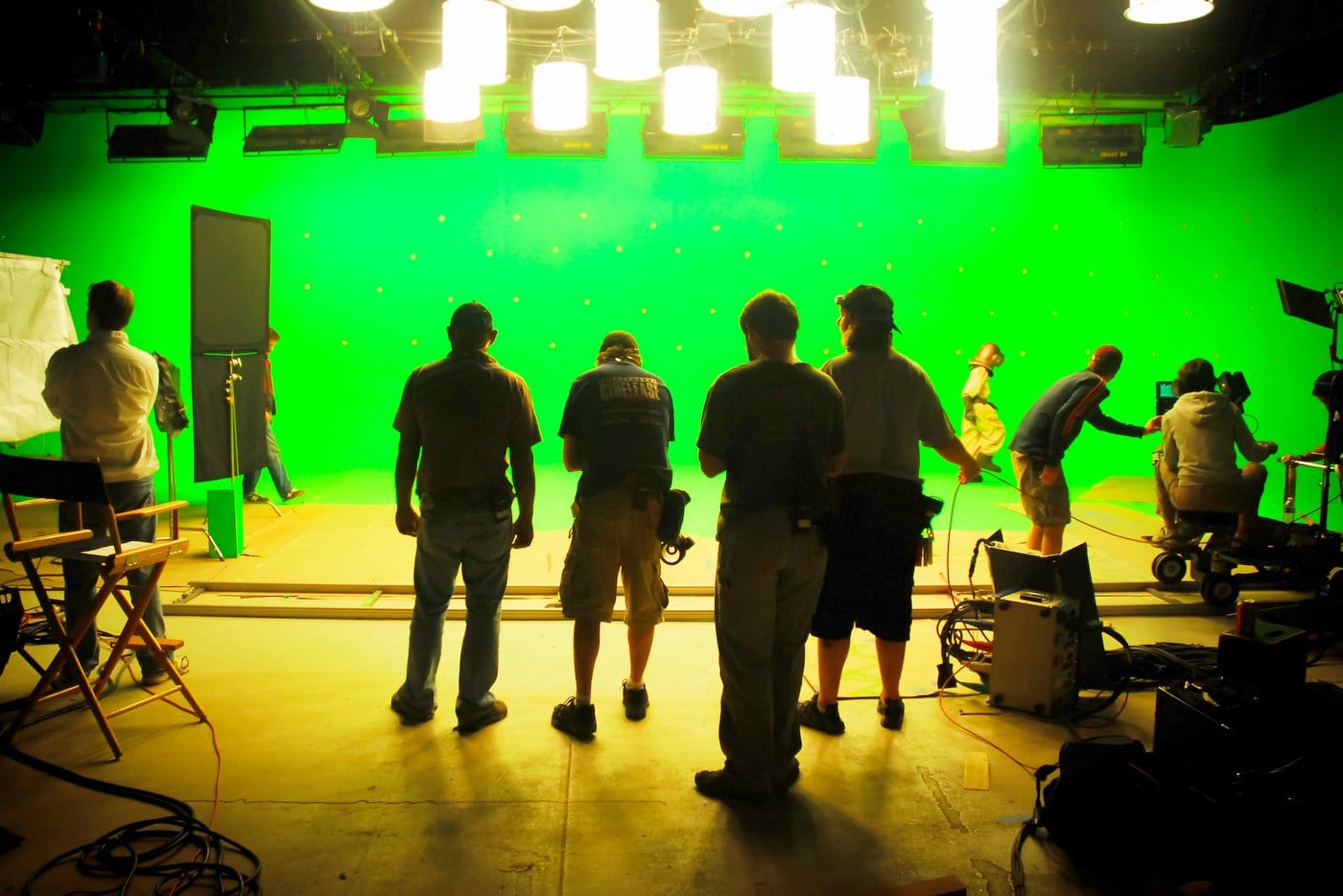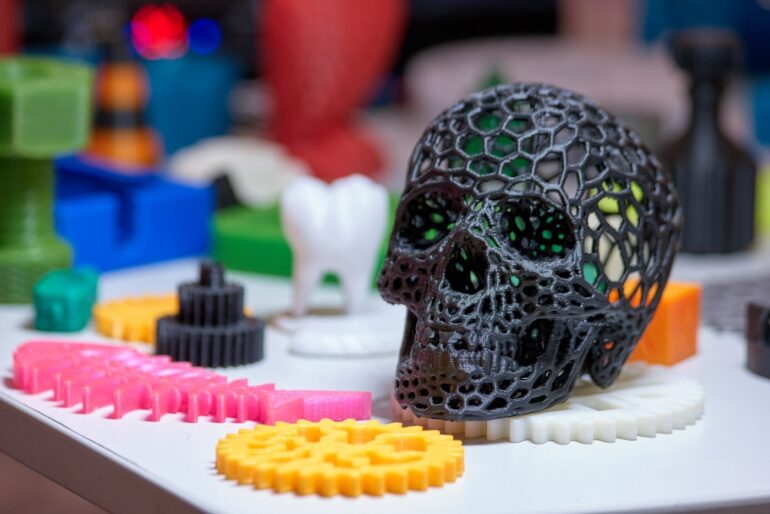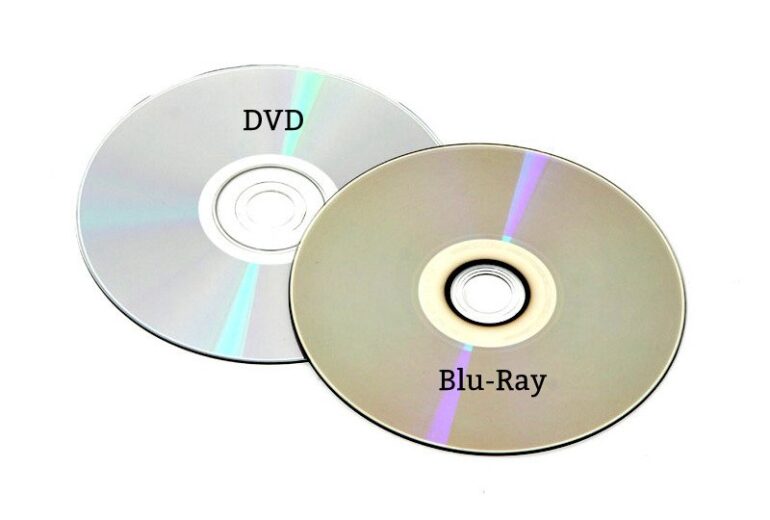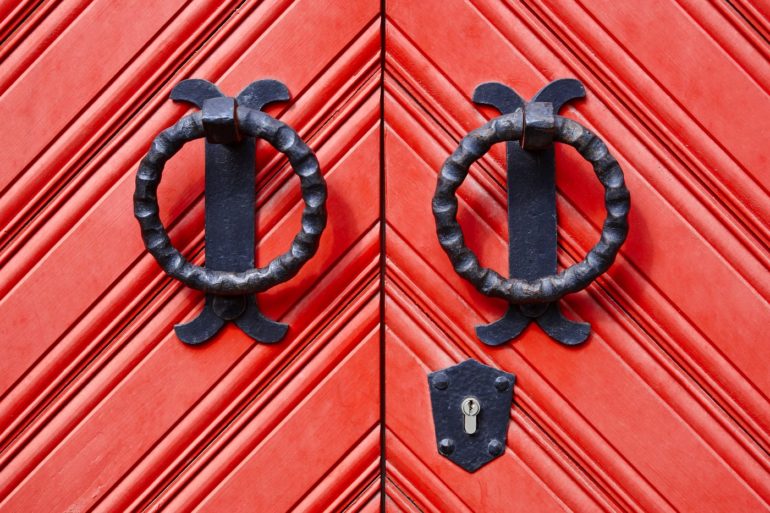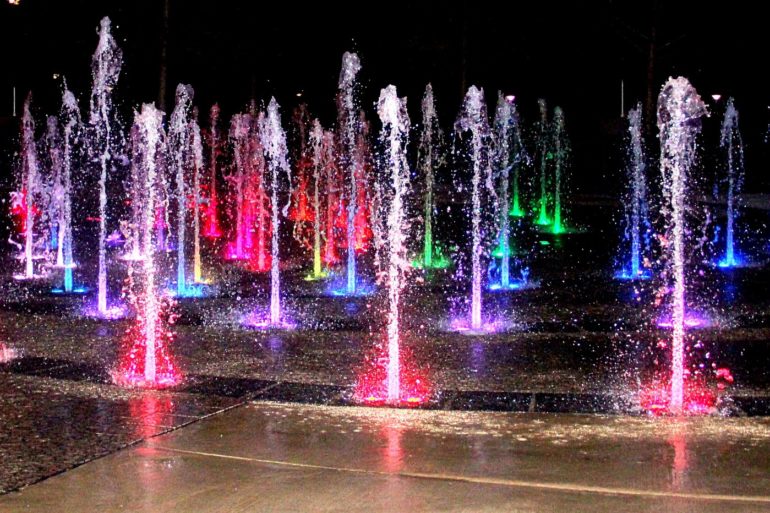How do green screens work?
How do green screens work? You know, when they film people and put some other background into the picture — Hogwarts School, an alien spacecraft, the Avengers in battle, or just the local weather map.
The resulting images can look incredibly realistic — especially on a big-budget picture. So how do they make the magic happen? We’ll tell you the secret.
Movie magic, courtesy of green screens
Green screens are often used in the movie and TV industry to either add in a background that would be too inconvenient, costly or dangerous to shoot in — or just to superimpose a background of something that doesn’t exist, like a vista of castles and dragons. It’s also what local news stations often do to allow meteorologists to point to things on the weather maps.
The process is more correctly referred to as chroma key compositing or simply chromakey… but any way you slice it, it’s just layering two images together.
How it works
Put simply, the subject is filmed (or photographed, as this works for still images too) in front of a single color backdrop. In most cases, blue or bright green is used, as these colors are not found in (healthy) human skin tones, so there won’t be parts of someone missing.
The background color is then replaced by the alternate footage using a computer process — any bits of the image that are green (or blue, depending) are removed and “covered up” by the new background image or video.
In order for this to work well, the background must be very evenly lit — shadows or darker areas of the background might be dark enough to not be recognized by the equipment that replaces the background image. This can result in visual errors where areas of the color background can be seen through (or in place of) the replacement background.
It also is important to note that one should avoid wearing any articles of clothing that closely match the color of the backdrop being used, as they would end up being replaced with the background video.
To that end, chromakey can be used to overlay an actor with a digitally-generated costume, or to make it appear that someone is missing a limb (think Lieutenant Dan in Forrest Gump).
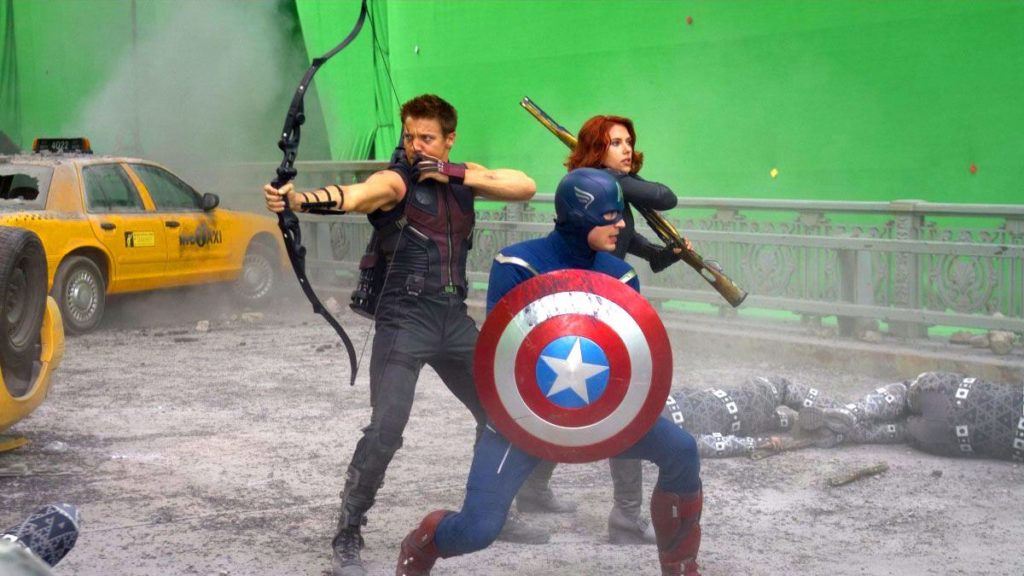
Green vs blue
For many years, blue was the color of choice for chroma key effects in the film era — mainly because it is further from red in the visual spectrum than green, and 70% of the human skin tone (of all skin colors) is comprised of red hues.
Green, however, has become increasingly popular during the digital era, as the image sensors in digital video cameras are most sensitive to green, mimicking the human eye’s increased sensitivity to green light.
Green is also preferred as it won’t conflict with a blue sky in an outdoor shot (causing part of the sky to be replaced by the background video) or with common clothing colors like the blue in denim jeans — or even blue eyes.
Try this at home, kids
Once available only to Hollywood due to cost and difficulty, home video buffs can set up and use chroma key backdrops pretty much anywhere.
Using affordable commercially available software (such as Sony Vegas or Adobe Premiere), it’s possible to make your very own green screen videos with a couple clicks of the mouse.

